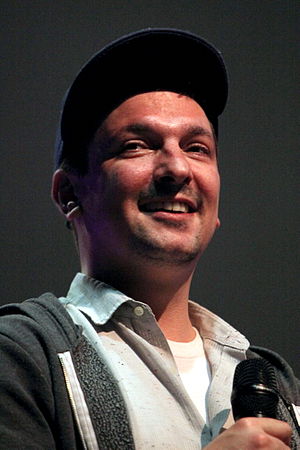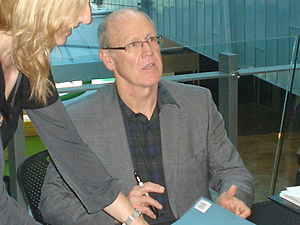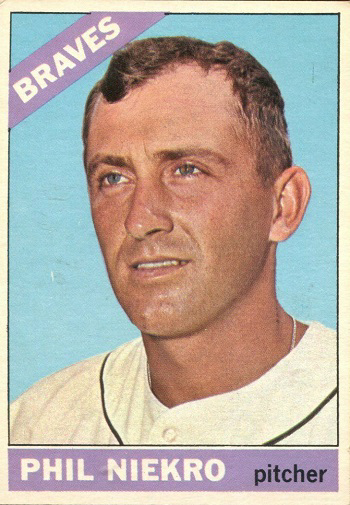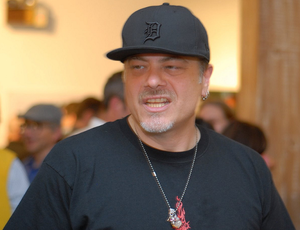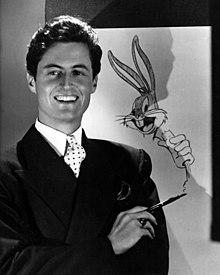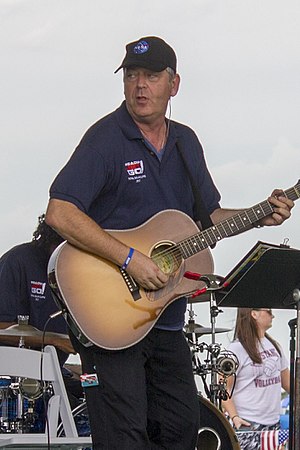Aim for the Ace! (1979), Galaxy Express 999 (1979), Mazinger Z vs. The Great General of Darkness (1974), Fantastic Planet (1973), Pinocchio (1940), Sing (2016), Night on the Galactic Railroad (1985), How to Train Your Dragon (2010), The Wrong Trousers (1994), Gamba no Bouken (1972), Future Boy Conan (1978), Tensai Bakabon (1970), Lupin the 3rd Part I: The Classic Adventures (1971-1972), Tom and Jerry, Heidi, Girl of the Alps (1974), Doraemon: Nobita's Great Adventure into the Underworld (1984), The Man Who Planted Trees (1987), Hedgehog in the Fog (1975), 3000 Leagues in Search of Mother (1976), Anne of Green Gables (1979), The Gutsy Frog (1972-1974), Doraemon: The Records of Nobita, Spaceblazer (1981), Kumo to Tulip (1943), The Animal Neighborhood Community (1941).






